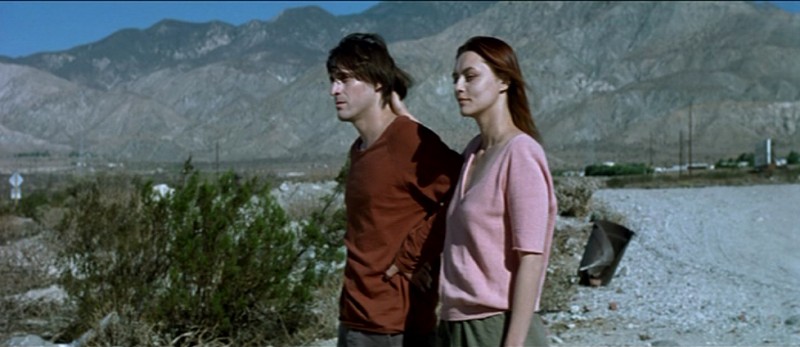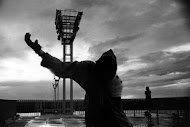
To be sure, at the start of Forgetting Sarah Marshall we do become fairly well-acquainted with Jason Segel’s perfectly likable penis. The director, an Apatow disciple whose name seems inconsequential, shows us the cock (that Jonah Hill eloquently and passionately requested in a deleted scene from Knocked Up) so that men in the audience feel a little bit uncomfortable. We need, apparently, to taste this bit of medicine so we are more comfortable in our unabashed ogling of provocatively (un)dressed women for the ensuing hour and a half.
Does filming in Hawaii automatically make all actresses 20% hotter?

That might seem an exaggeration but looking at this film and Blue Crush I find that Mila Kunis and Kate Bosworth aren’t just hot, they are pulse-raising hot. I’d like to carry this parallel further but I’m pretty sure Blame It on Rio actually took place in Brasil. I mean, if Kunis actually wore that reception outfit to work at Turtle Bay she’d never have a free moment. There would always be a queue through the door. The blouse was simple and totally insane, a crisp white plunge into earth tones down to her bellybutton. I would have passed out on the fucken tile (after I ran through my entire retinue of questions: what time is checkout? Are the minibar peanut M&Ms complimentary? Where is the luau? What time is checkout?).
So, this is another schlubby guy makes good film. And these are not real situations. The entire premise probably perpetuates the idiotic hopes of men everywhere. It is a romantic comedy in 2008. God bless Woody Allen for starting us down this road and God bless Apatow for giving this niche to me. At least Jason had to write and produce a play to get Mila to go for him in Forgetting. Seth Rogen only had to get a job and put up ugly wallpaper in Knocked Up.
I greatly enjoyed the Blue Crush mirrorings. Some whiff of empowerment for single women...until a nice guy comes along. And there's nothing like an obese, surprisingly aquatic black man to lighten even the heaviest moments. More importantly: is that angry, tatted-up Hawaiian surfer guy available hourly? Could I hire to him to take a dive if I need to act hard? It looks like it would be an accomplishment to kick his ass.


















